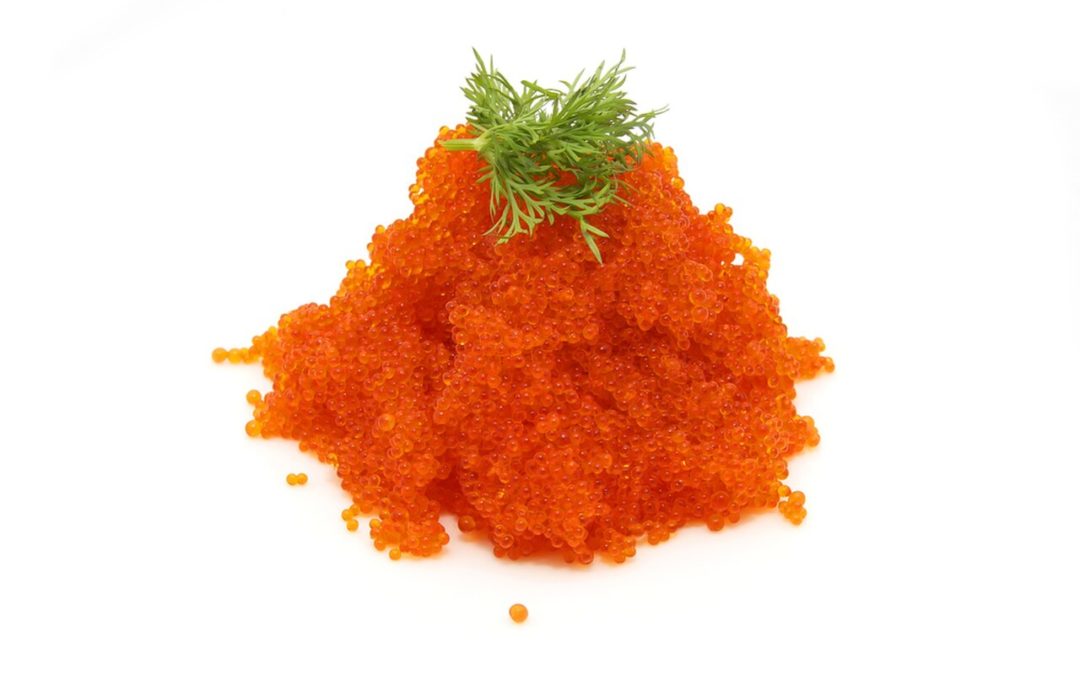
Fish Roe vs Caviar
If you have ever wondered about the difference between fish roe and caviar, you are not alone. The Food and Agriculture Organization defines caviar as the salt-cured fish-eggs of the Acipenseridae or Sturgeon fish. The unique differences in this particular fish especially qualifies them to be used for caviar. As such, any argument regarding fish roe vs caviar typically begins by highlighting why this specie almost exclusively bear the name of this delicacy.
The fish roe vs caviar argument also hinges, to a large degree, on the fact that, with the exception of the American or Chinese Paddlefish, the morphological characteristics of Sturgeons has remained unchanged for over 200 million years. As such, these genus of fish are often referred to as “primitive” or “living fossils.” Another significant feature of longevity is its influence on the maturity rate of the reproductive system of the Sturgeon and quality of the roe or eggs they produce. Naturally, high quality fish eggs translate into firmer more succulent and flavorful caviar. Today, caviar is produced from a variety of sturgeons such as the Iranian, Russian, Chinese and American Acipenseridae.
As a result of these distinctions, although caviar and fish row essentially mean the same thing, all fish roe does not necessarily describe caviar. Even if fish roe from species other than Sturgeons are produced for consumption with the same methodologies, they are differentiated by the quality of the end product and labeling. For instance, wherever caviar is sold, whether in a restaurant or caviar stores or from caviar online resources, unless it is “Sturgeon caviar” labeling must indicate the following…
The type of fish or product such as
- Salmon Roe Caviar
- Trout Roe Caviar
- Kelp Caviar; and
Where it comes from
- Herring Roe from Iceland.
- Whitefish Caviar from the Great Lakes of North America
- Trout Roe from France

Additionally, in many instances, fish roe provides a wonderful alternative to pricey caviar as a garnish such as the lumpfish Roe from Iceland and the Tobiko Flying Fish Roe that complements sushi. This also sparks a debate over how to determine when it is safe to substitute fish roe in a dish that could work just as well or better with caviar. Since fish roe often mimic the appearance of caviar this is best determined by the flavor palate or budget of the consumer. From a culinary standpoint, if elegance and taste are primary concerns of the dining occasion then it may be beneficial to opt for authentic caviar and avoid substitutions. However, the hue of salmon roe types of caviar can make a stunning display at casual affairs. After a light steaming, salmon roe caviar retains its integrity and pairs well with many everyday ingredients such as rice, eggs or buttered toast.
Learn more about the best ways to eat, serve or how to incorporate caviar into your lifestyle by following House of Caviar and Fine food online or on Facebook. Since all our caviar products meet the strictest importation and quality standards you can feel secure that you are getting the purest and freshest caviar and gourmet products when you visit our online store.
